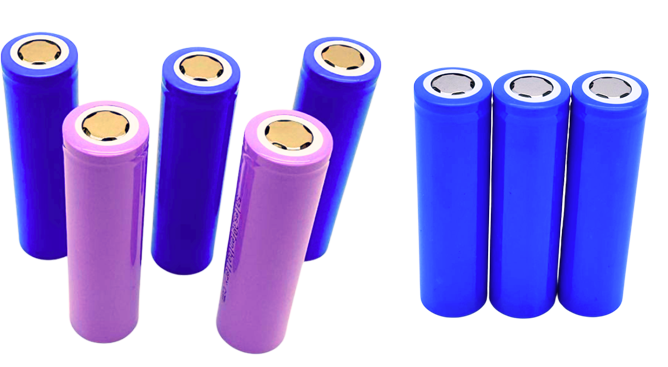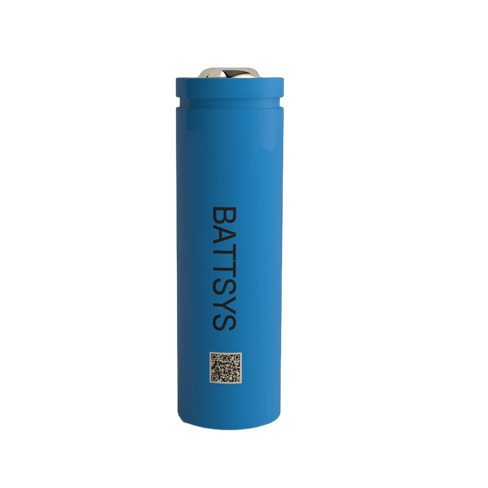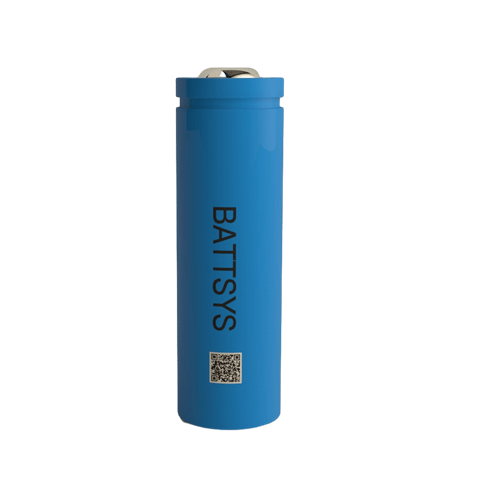18650 lithium battery charging time and misconceptions.
The capacity of a battery is expressed in mAh (milliampere hour), and the discharge speed is determined by the number of milliampere hours discharged, which may mean discharging for one hour. A 1500mAh battery may take one hour to discharge at a discharge rate of 1500mAh, and it takes three hours to discharge at a rate of 500mA (500mA). Misconception 1 in polymer lithium battery charging: Do I need to activate my phone battery for a single charge?
Firstly, this statement itself is problematic. Imagine that the phone and power bank you purchased are not yet activated. Why do these devices have electricity? It's because they were already activated and tested before leaving the factory. So there's no need to activate it in the first place. In fact, this; The statement that "the first three charges must be fully charged for 12 hours" is obviously a continuation of early nickel batteries (such as nickel cadmium and nickel hydrogen). The mobile phones in ancient industries have basically turned to using polymer lithium batteries, which have completely different properties from nickel batteries. Therefore, it is only possible to charge them like a deformity and then pull them out. Earlier nickel cadmium and nickel hydrogen rechargeable batteries produced a phenomenon called "memory effect". Charging the battery moderately under incomplete discharge can lead to the growth of crystals on the electrode, block the contact between the electrolyte and the electrode, and cause the voltage drop of the battery, making users feel that the battery is quickly used up. Misconception

2. Do batteries need to be used up before charging? Will moderate charging cause battery damage? Polymer lithium batteries have high energy density and high voltage (the voltage generated by a single polymer lithium battery unit can reach 4.2V, while some nickel based rechargeable batteries are 1.2V). Compared with low-voltage batteries, the oxidation-reduction reaction of electricity during charging of polymer lithium batteries is very intense. Therefore, the utilization of polymer lithium batteries must be strictly limited. Moderate charging, moderate discharging, short circuit, high temperature, etc. can all cause battery damage and even fire. However, the actual use of polymer lithium batteries involves packaging several battery cells together with a set of safety maintenance circuits and various safety devices into a single battery board. These insurance designs may ensure active disconnection of the battery circuit during moderate charging, moderate discharging, and short circuits; Excessive internal pressure in the battery can also trigger the exhaust system to reduce pressure; If the battery temperature is too high, it will trigger the hot melt maintenance device, which will block the activity of lithium ions and end the electrochemical reaction of the battery. Therefore, only if you are not using counterfeit batteries with unreliable quality, unplugging the power when the phone is fully charged will not cause battery damage. Misconception
3: Can batteries extend their lifespan by reducing the number of charging cycles? Manufacturers of digital devices will indicate how many hundred times charging is possible. In fact, this is detected in a deep discharge environment, where the battery is used up and then fully charged, and this cycle is repeated. Continuous deep discharge has an impact on the battery. However, our daily charging can only be considered as shallow discharge, where the battery is continuously charged before it is fully used. Compared to deep discharge, shallow discharge utilizes batteries for a longer lifespan. In addition, it is not necessary to keep the battery at around 70% capacity for a long time, which is beneficial for battery maintenance and reduces damage to the battery; Research has shown that when lithium-ion ions are stored for a long time under fully charged conditions, their capacity will be significantly lost. Similarly, the higher the temperature, the faster the capacity loss of polymer lithium batteries, and this loss is irreversible, which means that the capacity of the battery will permanently decrease. In a 0-degree environment, a polymer lithium battery with a residual charge of 40% will lose 2% of its capacity after being stored for one year; In a 40 degree environment, a fully charged polymer lithium battery loses up to 35% of its capacity after being stored for one year. The specific charging time of polymer lithium batteries may be determined based on the actual battery capacity. Many people spend 8 to 9 hours charging polymer lithium batteries, which is completely unnecessary. Charging polymer lithium batteries for too long does not help improve the durability of mobile phones. At present, the majority of mobile phones are smartphones with large screens and fast battery consumption. Even the largest capacity polymer lithium batteries, if used for a long time, need to be charged once a day. People who consume electricity quickly may prepare a power bank or backup battery.

High safety LiFePO4 battery,long cycle life,Fast Charging

High rate Discharge,fast charge,long cycle life
E-Mail: inquiry@fentbattery.com
Tel: 0086 20 3901-1403
Address: No.3, Dongli Road, Xili, Dongyong Town, Nansha District, Guangzhou City, China
Copyright@ China lithium ion battery manufacturers & suppliers & producers | Lithium Battery Factory & Company-BATTSYS Sitemap